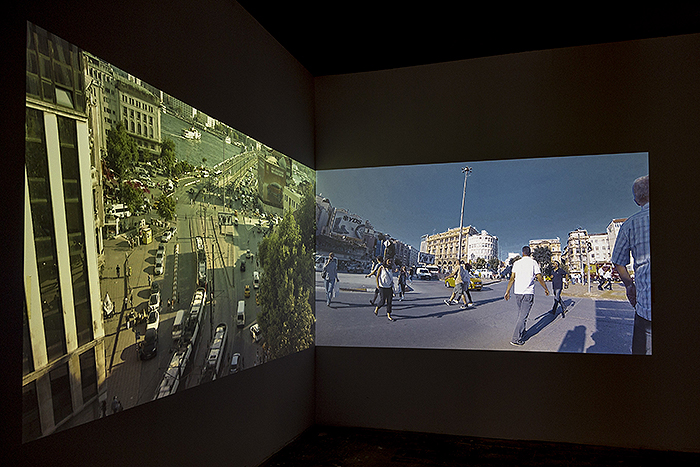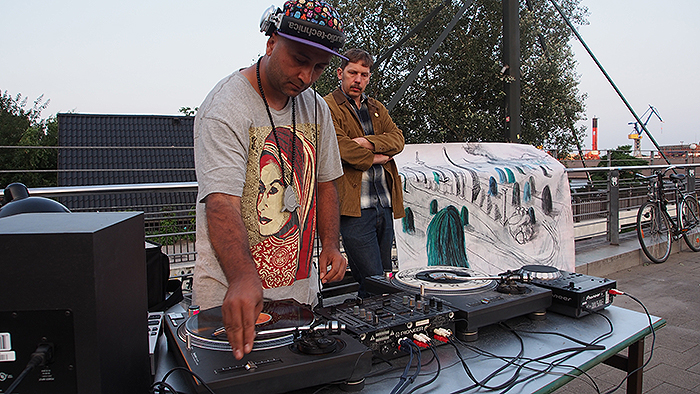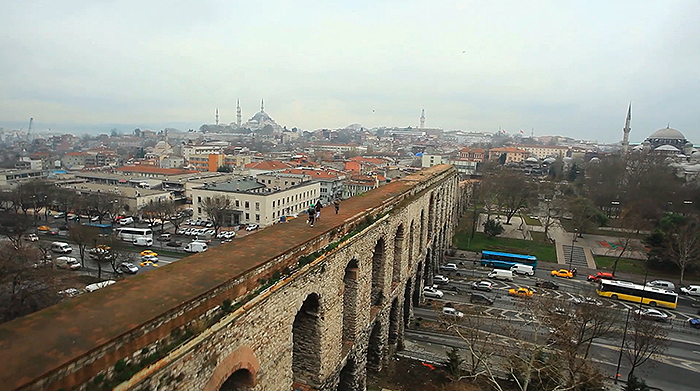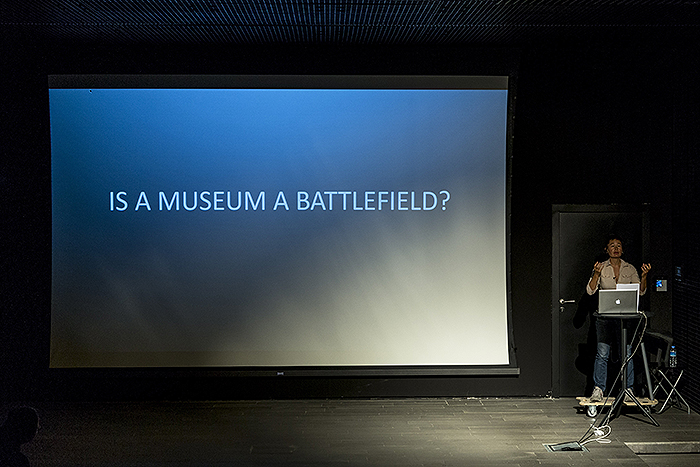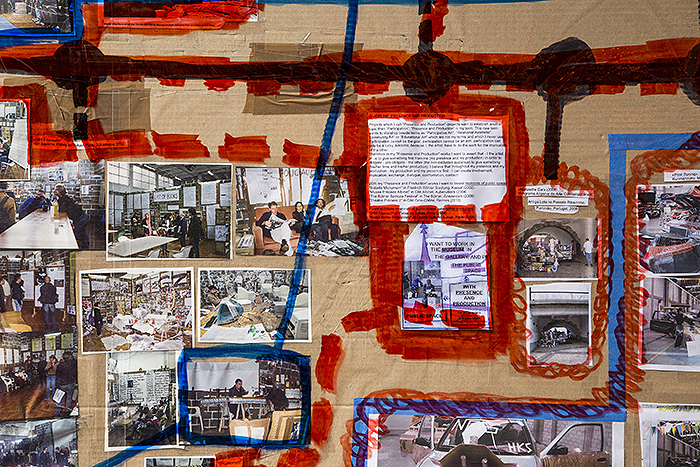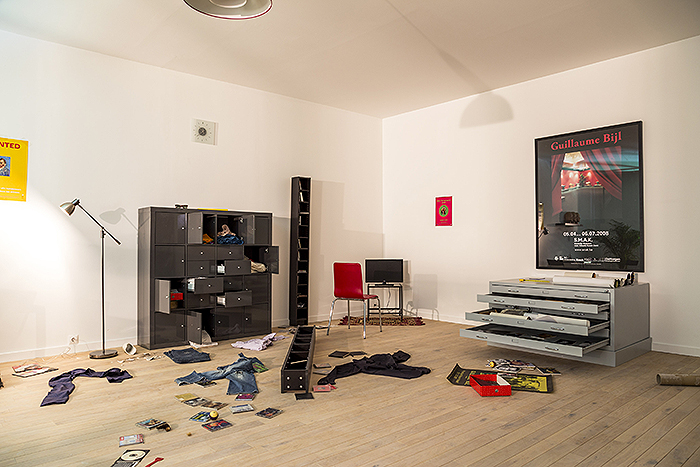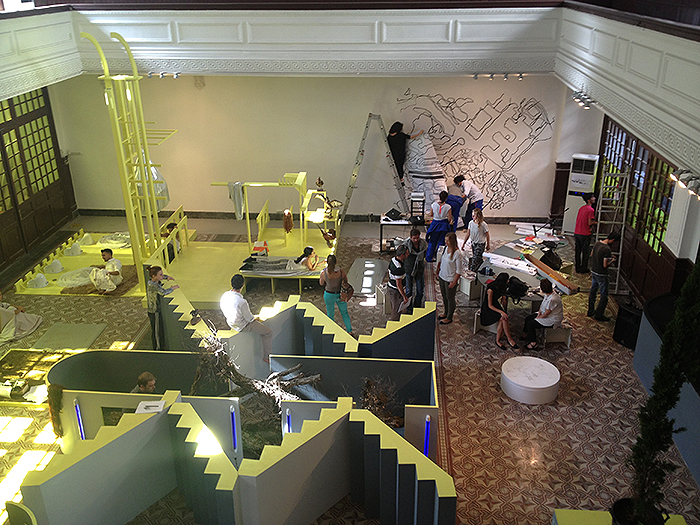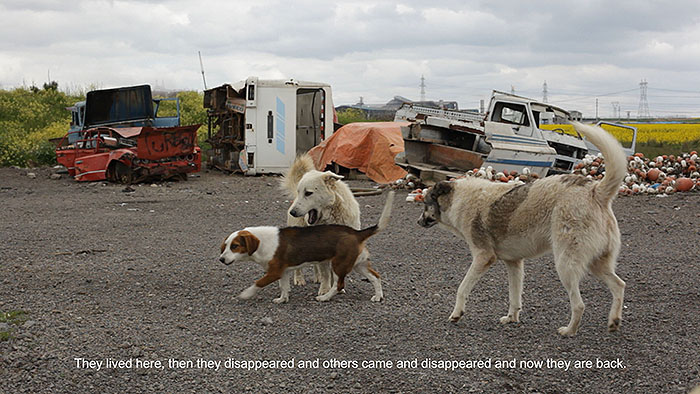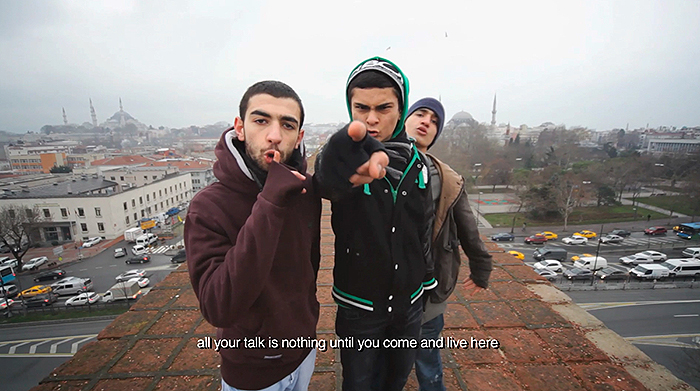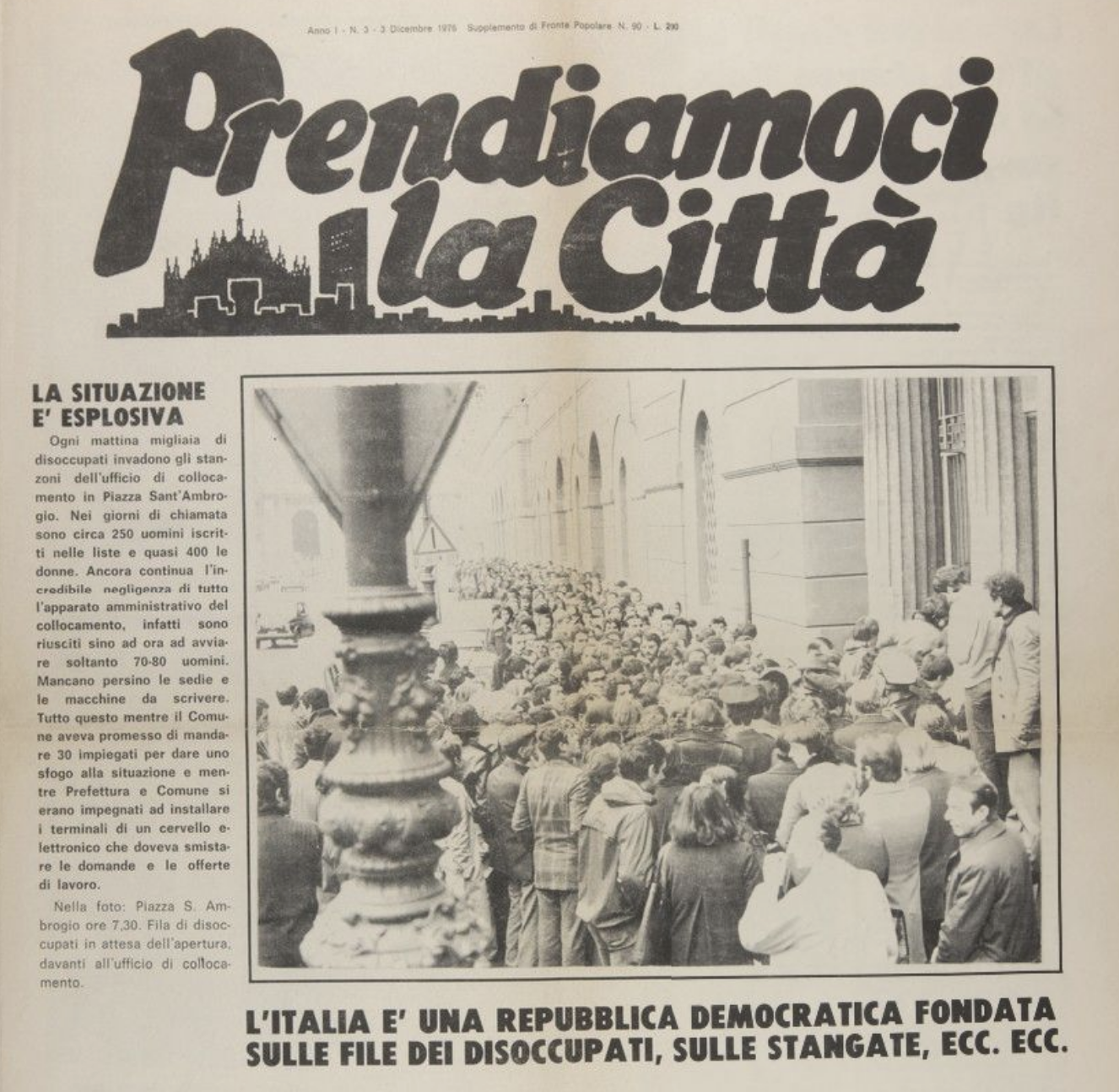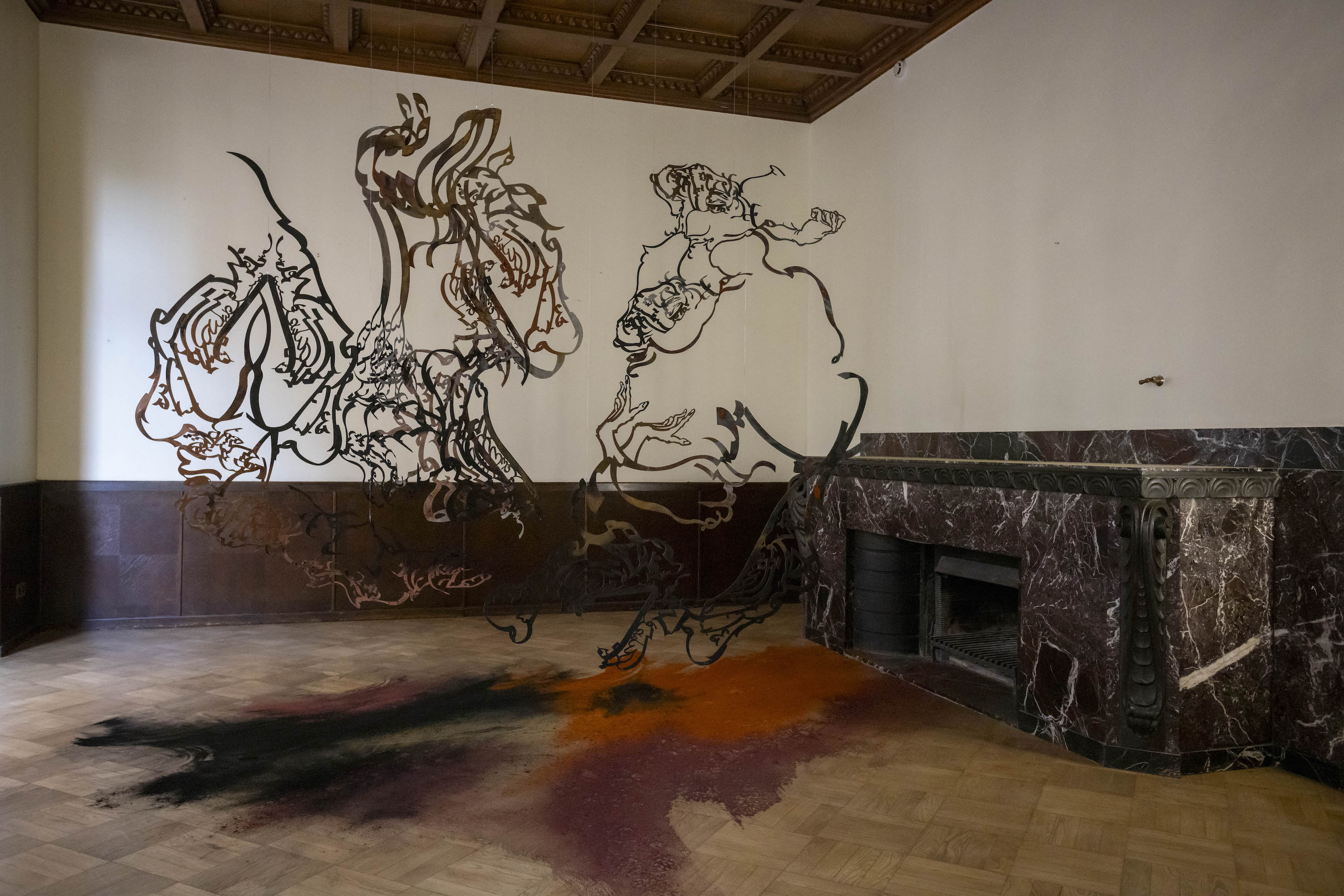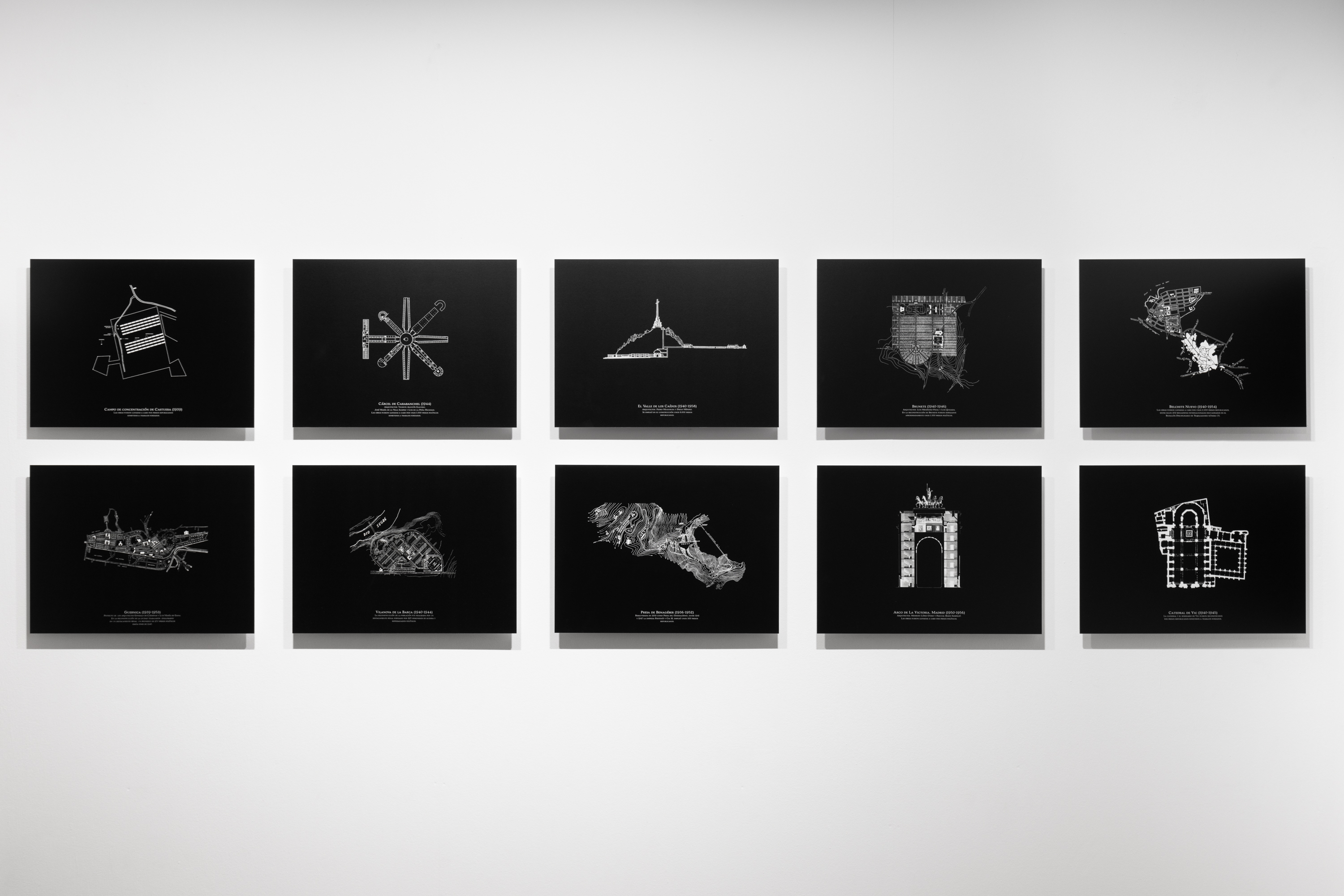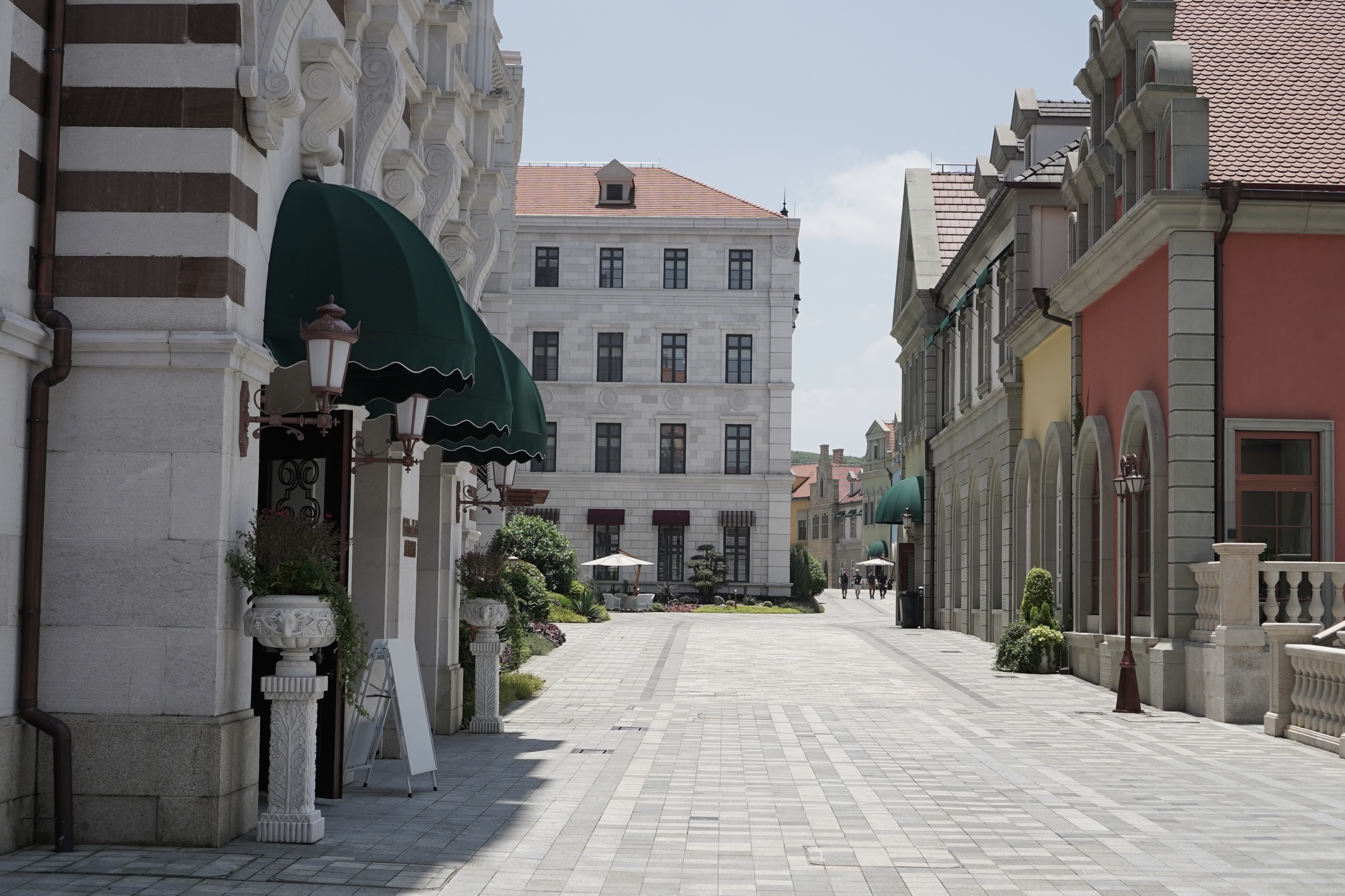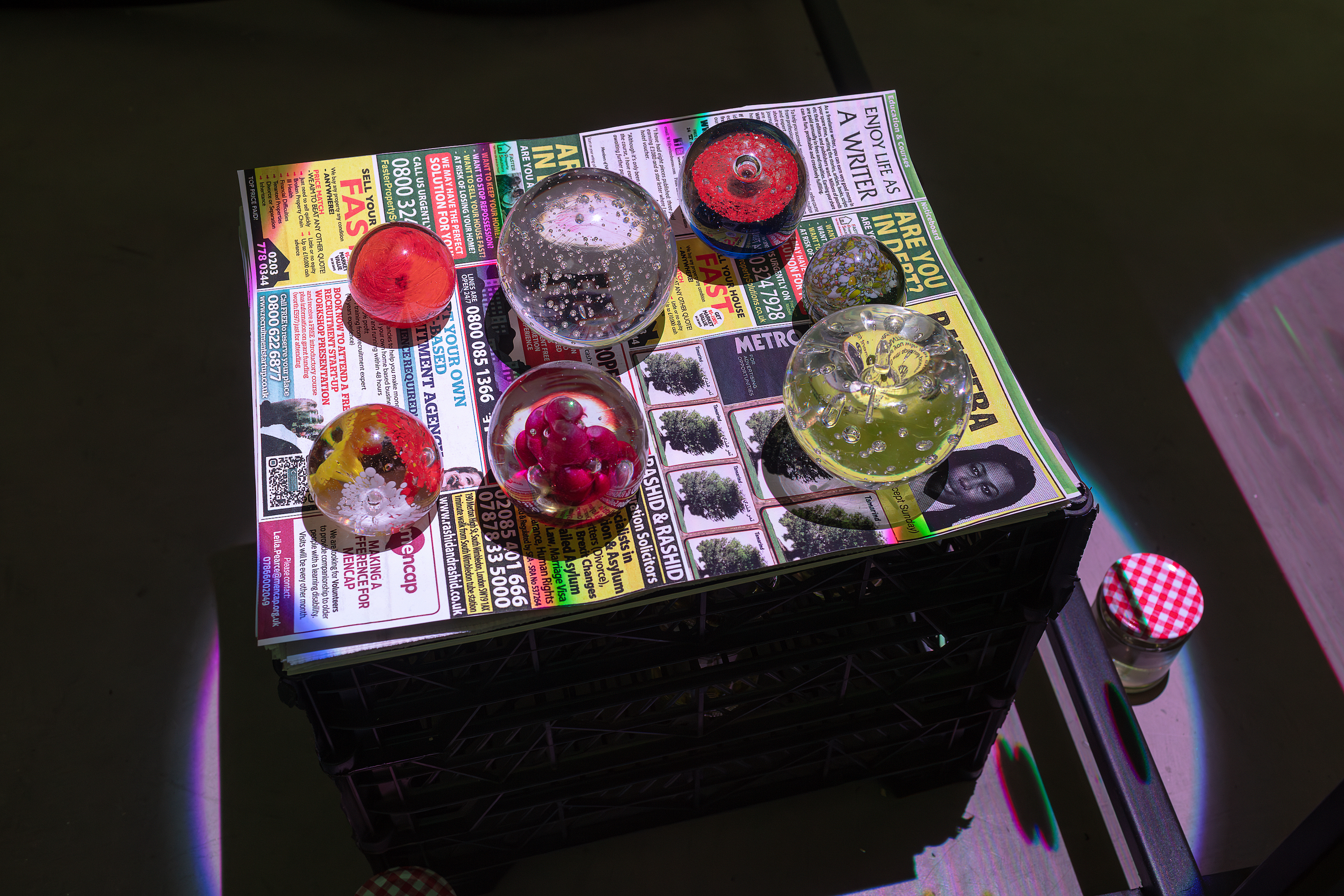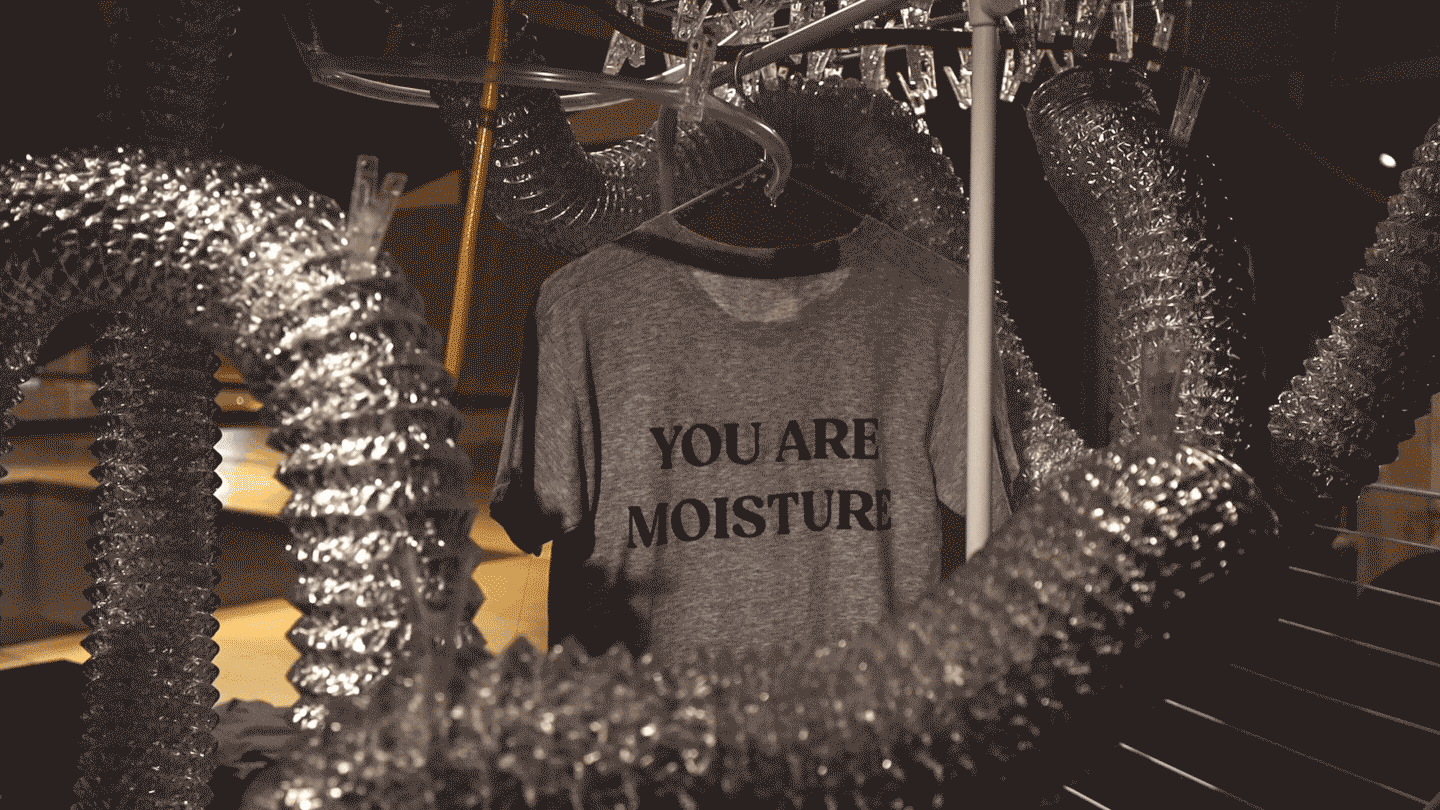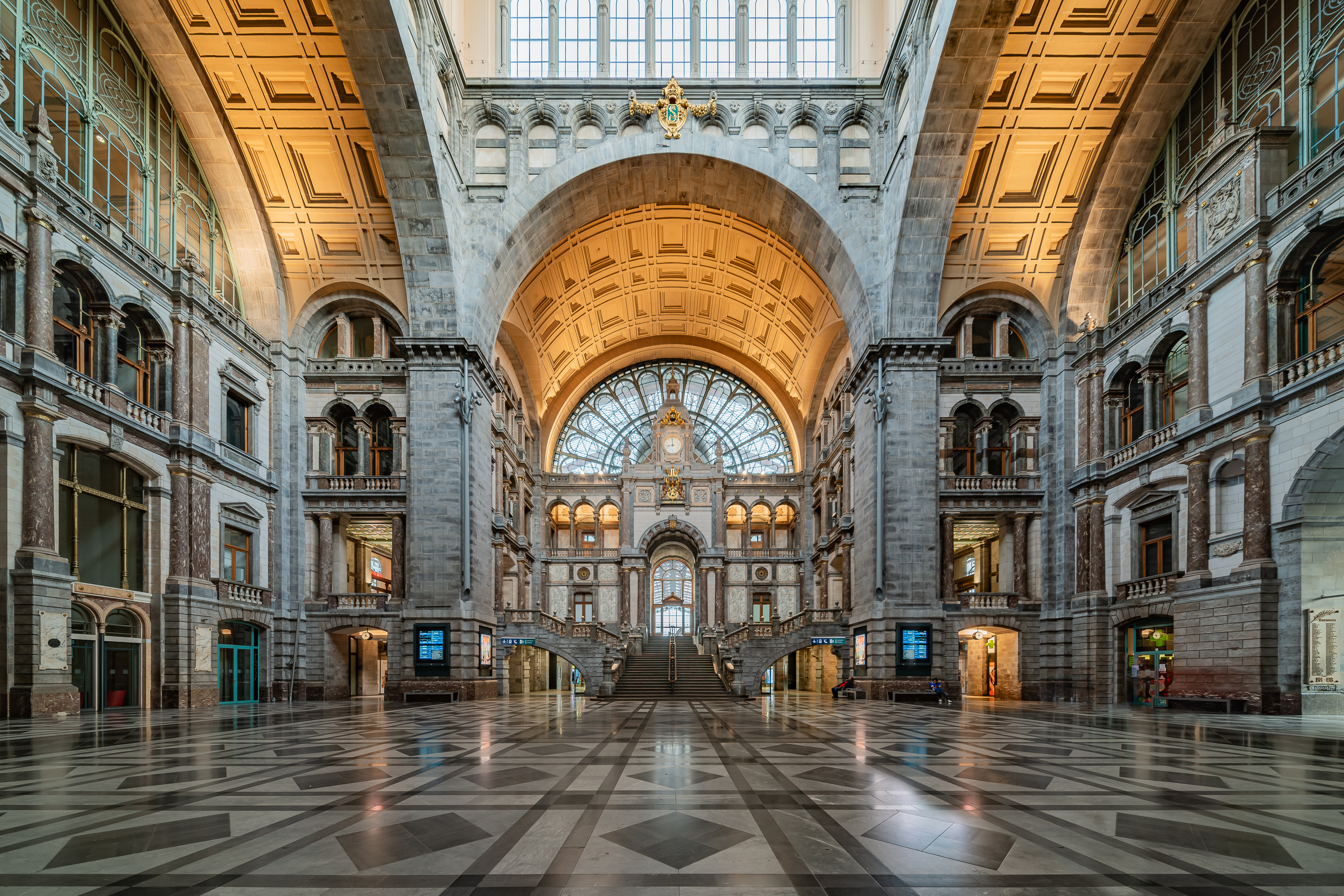September 14–November 20, 2013
Curator Fulya Erdemci has said that the focus of the 13th Istanbul Biennial, “Mom, Am I Barbarian?,” is “the notion of the public domain as a political forum.” The evocative title is borrowed from poet Lale Müldür’s eponymous book, with the obvious connotations of a sense of being an ultimate “Other,” one who cannot find a space to freely express him/herself in the above-mentioned public domain, in opposition to the classical notion of a “citizen,” imbued with various rights including the potential to be an actor in the public sphere. The problems of democratic public space, aggressive urban transformation, political engagement, collective living, and what role poetry and art might play in these realms are themes that the biennial orbits around. Given the events in Istanbul over the past few months, these would seem entirely promising and of-the-moment considerations. And yet this year's biennial has charted its own retreat from Istanbul’s public space, and the contrast between this “within four walls” exhibition—showing eighty-eight international artists in five different venues—and what is going on outside is cacophonous.
As is by now well-known, in mid-May something quite unexpected happened in Turkey: the Gezi Resistance began. It started out as a protest by a small group of people who were against the demolition of Gezi Park, a public park in the heart of the city and the only green space near Taksim Square. It was there that the municipality had illegally started construction work building a shopping mall and hotel. The protesters—we, citizens—were a diverse group of intellectuals, environmental activists, urban planners researchers, artists, football fan clubs, hackers, LGBT coalitions, various small-scale leftist groups, anarchists, and some members of political parties, plus white-collar workers, workers’ unions, and students; in fact, people from all walks of life. This group was busy freely expressing dissent and opposition, and arguing for democratic rights right out there in the open, in public space. The aggressive, violent, and unjustified response of the police to the peaceful protests has been to attack with tear gas and water cannons. This injustice has only galvanized the protest movement; in a very short span of time it turned into a large-scale uprising and spread to other cities. In the meantime, the death toll is now (officially) at seven, with thousands injured and some protesters jailed.
Imagine a biennial that takes place with such drastic shifts on a societal level happening in the background, and that these very shifts are precisely the ostensible topic of the biennial itself, and that all this emerges just three months before the opening. Since May 31, the day the Gezi Resistance began, suddenly reclaiming public space has been on everyone’s lips, and some people even ventured to wonder if the very pure intentions of the curator and participating artists had somehow turned into concrete reality. Could Gezi Park be a biennial venue after all?
Yet Erdemci’s next move was to cancel the biennial’s entire (planned) program in public space. She stated that this decision was informed by the idea of “not doing in order to tell more.” Erdemci explained that one of her main reasons for this decision was that all the permissions for such projects are dependent on the municipality, and seeking permission for art in the same public space in which people are fighting for the basic right to protest was problematic and potentially unfair. Of course, she is sensitive to the fact that instrumentalizing a social movement for the benefit of a biennial would be heavily criticized. Indeed, what is unique about the Gezi Resistance is the people’s use of irony, smart immediate reactions to the government and the local (unresponsive) press, and the use of similar tools that contemporary artists have long employed. Since once could say that the public itself has been actively expressing their creativity in the medium of the public projects, and doing so without claims to authorship at the Gezi occupation and park forums, for example, the notion of an official biennial artist aiming to make a “public contribution” rings hollow in Istanbul. Therefore whoever visits this year’s biennial should view it with these considerations in mind. And the Resistance still continues, even on September 14, the first public day of the biennial.
The “indoors” that the 13th Istanbul Biennial occupies is spread over a handful of existing venues (Antrepo, ARTER, Galata Greek Primary School, SALT, and 5533), and does not make use of a single scrap of public space, despite its theme and the many works on view grappling with urban transformation and dealing with the meaning of “publicness.” Even though exhibition has surely been affected by the events in Gezi (it even includes one or two works on the subject), it is not only about Istanbul, nor does it focus only on this particular city’s urban condition. A very small part of this background can be seen in the exhibition in the form of documentation of the planned (and subsequently cancelled) projects in the public space, or as adaptations or commissioned works reflecting on the specific urban situation of Istanbul, such as the video installation Making Ways (2013) by Maider López. Although the Resistance psychologically dominates the entire biennial, is not that visible in the exhibition itself, except perhaps in Christoph Schäfer’s Image Analysis with Football Fans (2013) in the Antrepo and Elmgreen and Dragset’s Istanbul Diaries (2013) in the Galata Greek Primary School, in which they invited writers to share their resistance experience.
In general this biennial sets aside the more en-vogue discursive, research-oriented path—which one might have expected in examining urban issues—privileging instead a somewhat emotional tone underlining the possibilities of experiment and envisioning a different world through artworks. Despite the strong political stance of the curator, the aesthetic strength of the art objects on view is equally important and not left behind; poetry and politically-engaged art practices are the most visible red threads running through the exhibition at first glance.
The main and the largest venue of the biennial is the Antrepo building. Interestingly, it is the last time that this building (a traditional Istanbul Biennial venue) will be used, as the space has been sold to developers who plan to turn it into a hotel or repurpose the complex for other commercial use. Outside of the building one finds Ayşe Erkmen’s work bangbangbang (2013). There, a green plastic ball (which looks a bit like exercise equipment) controlled by a construction vehicle hits the building smoothly and symbolically—as if aiming to demolish it—while it points to the fate of the building, it also reflects the general the ongoing construction boom and urban transformation of the city. In Istanbul, construction is a predominant part of the landscape, and real estate speculation is one of the main sources of the influx of money in the city. Erkmen’s work perfectly introduces the biennial’s core issue of the aggressive urban transformation of the city, at the same time linking it to the reality and concrete instance of the exhibition building itself.
Proceeding into the exhibition hall, the viewer is confronted with a brick wall—Jorge Mendez Blake’s work The Castle [El Castillo] (2007)—that stops you in your tracks, until you notice that the middle part of the wall rises on top of Kafka’s famous novel. The structure functions in the space such that one is able to hear different sounds coming from works installed nearby but not-yet-visible, especially from Los Encargados (2012) by Jorge Galindo and Santiago Sierra, from which a Soviet march can be heard. Further on, passing mainly photographic works on urban transformation, one finds Halil Altındere’s Wonderland (2013), a video work using MTV/YouTube-like aesthetics, which features the Sulukule kid’s rap group Tahribad-ı isyan articulating the teens’ rage about the gentrification and sanitizing of their neighborhood, a historic Roma enclave.
Other Antrepo highlights include Hito Steyerl’s lecture/performance video Is a museum a battlefield? (2013), which raises questions about the arms industry and its financial connection to art institutions; Thomas Hirschhorn’s manifesto-like Timeline: Work in Public Space (2012); Goldin+Senneby’s Shorting the Long Position (2013), an ongoing experiment in the “theater” of finance; and SUSPECT (1980–2013) by Gulliaume Bijl, which stages the reinstallation of an artist’s studio ransacked after a police investigation because of complaints from his neighbors.
By contrast the Galata Greek Primary School comes across as very well installed and perhaps the most conceptually coherent of the venues; Inci Eviner’s dynamic Co-action Device: A Study (2013) is a strong opener, found on the first floor. Another notable piece is Annika Erikson’s beautiful work, I am the dog that was always here (loop) (2013), in which street dogs are the protagonists through which the gentrification of Istanbul, and the disruption of the larger urban ecosystem, can be grasped, forcing one to consider its impacts beyond man to strong effect. The upper floor of the school hosts the work of collectives, and pieces on urban transformation issues mainly in Istanbul. Mülksüzleştirme Ağları (Networks of Dispossession), an online data visualization project, provides a map of the relations between construction companies and media conglomerates, and includes the number of construction deaths that have occurred in Istanbul’s recent building boom. In the same space but with a distinct presence is Şener Özmen's Untitled (2005).
On İstiklal Street in Beyoğlu, two main art institutions, ARTER and SALT, also host the biennial. In the case of the latter, they present their own program in parallel, namely a large exhibition of Gülsün Karamustafa’s body of work encompassing many years, which provides a welcome historical frame to Turkish politics and the country’s history of resistance movements. It therefore supports the biennial nicely; however Karamustafa’s output (covering four of SALT’s five floors) stands in stark contrast to the biennial presentation on first floor. As it seems Erdemci looks “at the street” and leaves the upstairs for more serious work.
Ultimately this biennial’s focus on the “power of public space in terms of struggles, art and politics,” is not obsessed with the dominance of one thought or single medium, nor on artistic methods. The exhibition encourages the viewer to focus on the artworks, rather than highlighting the curator’s argument. However, one cannot escape the feeling that the gap between the biennial’s stated intention and the shape it ultimately took—as finely done but absolutely conventional international group exhibition—is a missed opportunity in light of what is going on outside the show’s white-cube venues. If the lesson learned by the art world from the Gezi Resistance is that we must step back from the crush of protest citing reasons of political sensitivity, some of the fundamental calls of the protesters will have fallen on deaf ears.

